The olive tree in Provence, the apple tree in Normandy, the vine in Alsace and… the mirabelle plum in Lorraine! Why has the mirabelle of Lorraine become THE fruit par excellence of the region? Here are some answers following my research.
Golden figures of the golden plum!
The French province of Lorraine has the world’s highest density of mirabelle trees.
From the Meuse to the Moselle via the Vosges department, the mirabelle tree reigns supreme in every orchard.
The figures speak for themselves: 80% of Mirabelle plum production comes from Lorraine.
The region produces some 15,000 tonnes of fruit each year.
It’s simple; it’s the best! It surpasses the mirabelles of southwest France in quality. The latter are nevertheless found in specific Parisian markets and industrial jams.
About the mirabelle tree
The fruit tree is codenamed “prunus domestica“. It is not native to Lorraine but to Asia Minor. When phylloxera devastated the vineyards of Lorraine at the end of the 19th century, people turned to the production of mirabelle plums.
The soil of Lorraine was very suitable for the mirabelle tree. The ground is clayey and chalky, and the climate is hot in summer but cold in winter.
The mirabelle tree does not like the Mediterranean or tropical climates. It thrives below 25ºC.
The Mirabelle tree will bear fruit after eight years, so you have to be patient… it can reach 10 metres in height and live for 100 years.

In spring, the Lorraine countryside is adorned with pretty white spots. These are the mirabelle trees in flower. The millions of fragrant corollas will become the long-awaited mirabelle plums in the summer. Provided there are no late frosts in the meantime.
The mirabelle of Lorraine
Its size ranges from 22 mm to 30 mm, and its colour is golden yellow with small red spots.
There are two variants of the “Mirabelle de Lorraine” label in the Lorraine region: the Mirabelle from Nancy and the Mirabelle from Metz.
- The Mirabelle de Nancy is about 30 mm in diameter. It is golden yellow and has many red dots.
- The Mirabelle de Metz is smaller (22 mm) and has thinner skin. It is reddish yellow and more fragrant than its Nancy sister.
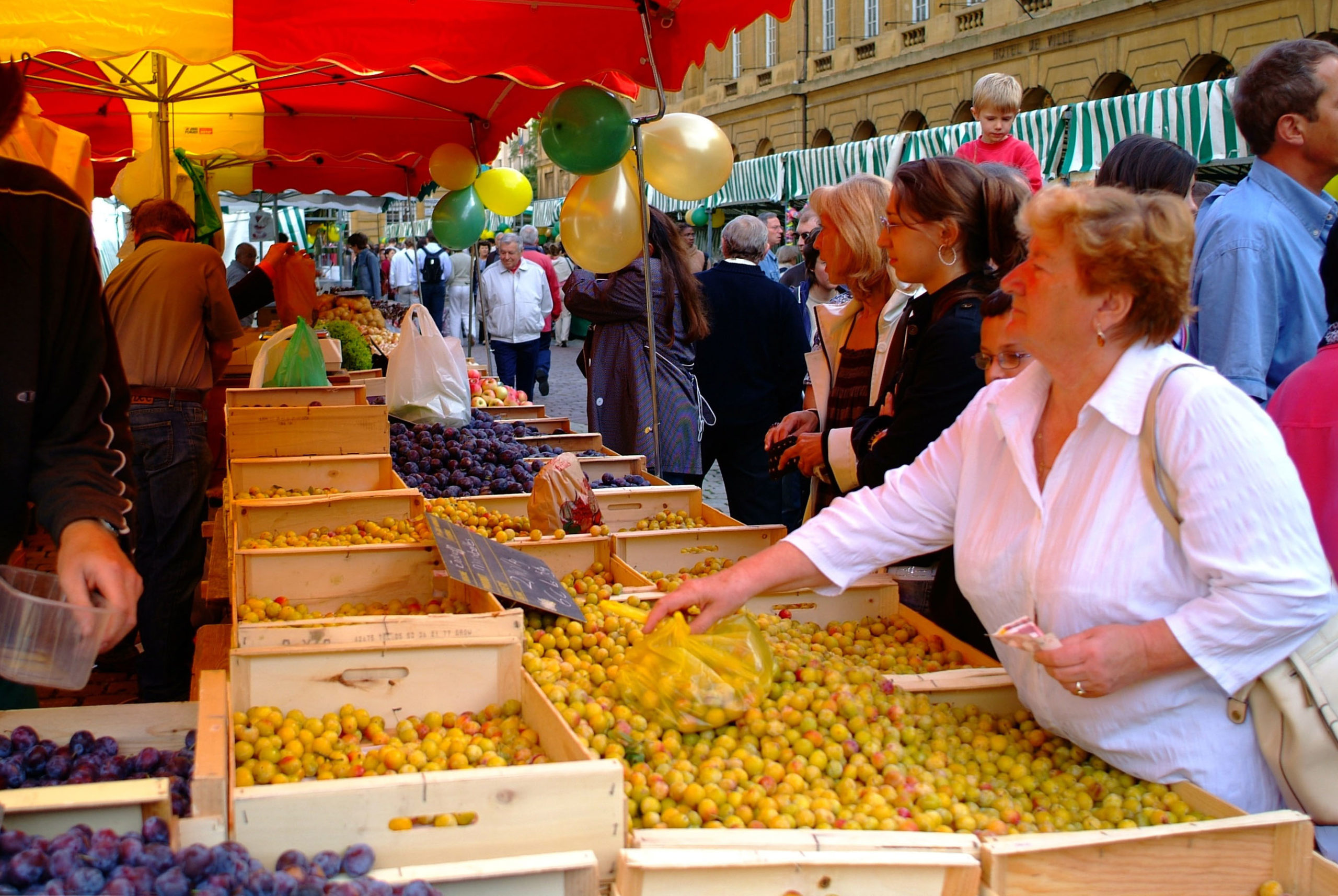
Where does the name Mirabelle come from?
Beautiful to behold: this is the meaning of its Latin etymology.
The word mirabelle probably comes from the names of Occitan localities, whose toponym is quite common in the south of France. This makes sense as people first cultivated the mirabelle plum in the south of France.
Places and personalities
Mirabelle is the name of several localities in the south of France. Thus, there are :
- two “Mirabel” communes (Ardèche and Tarn-et-Garonne),
- as well as two localities in the Drôme: Mirabel-aux-Baronnies and Mirabel-et-Blacons.
- in Quebec, the Canadian town of Mirabel north of Montreal.
- Mirabel is also found in Spain (province of Cáceres).
- Other communes have a name derived from Mirabel: Mirabelois, Mirabeloise (Ardèche), Mirabelais, Mirabelaise (Tarn-et-Garonne).
In addition, an etymological relative is “Mirabeau“, a name borne by two French communes (Alpes-de-Hautes-Provence and Vaucluse).
It is also the name of Honoré-Gabriel Riqueti de Mirabeau (1749-1791), a famous French writer and tribune of the French Revolution.
Finally, mirabelle is of the same origin as the French word “mirobolant” (c’est mirobolant = it’s amazing / brilliant / fantastic).
![Mirabeau Drôme © Paul Munhoven - licence [CC BY-SA 3.0] from Wikimedia Commons](https://frenchmoments.eu/wp-content/uploads/2022/08/Mirabeau-Drôme-©-Paul-Munhoven-licence-CC-BY-SA-3.0-from-Wikimedia-Commons.jpg)
Quotes from authors on the mirabelle plum
A few French authors have quoted the mirabelle plum in their writings:
“Mademoiselle Saget avait élargi les doigts pour prendre la poignée de mirabelles, qui alla rejoindre le bonbon dans le cabas.” (Mademoiselle Saget had widened her fingers to take the handful of mirabelle plums, which went to join the candy in the shopping bag.) — (Émile Zola, Le Ventre de Paris, 1873)
“Je ne pense pas que ma mère ait été une petite fille heureuse. Je ne l’ai entendue évoquer qu’un seul souvenir plaisant : le jardin de sa grand-mère, dans un village de Lorraine ; les mirabelles et les reines-claudes qu’on mangeait sur l’arbre toutes chaudes.” (I don’t think my mother was a happy little girl. I only heard her mention one pleasant memory: her grandmother’s garden in a village in Lorraine, the mirabelle plums, and the greengages we ate on the tree while they were still warm.) — (Simone de Beauvoir, Une mort très douce, 1964)
A feminine name
Mirabelle is also a feminine name used in Anglo-Saxon countries. It became fashionable following the animated Disney film Encanto (the heroine is called Mirabel Madrigal).
Let’s talk about plums
The mirabelle of Lorraine is a variety of plums that is a stone fruit with sweet and juicy edible flesh.
Today, thanks to the efforts of horticulturists, there are more than 400 varieties of plum in the world.
The four varieties of plum in France
In France, four types of plum stand out:
- the mirabelle plum, which is found in the northeast (Alsace and Lorraine), as well as in the southwest.
- the damson plum (quetsche), the oblong-shaped fruit of the quetschier. The damson is widespread in the north-east of France (especially in Alsace), in Franche-Comté, Belgium, Luxembourg, Germany, Austria and Switzerland.
- the greengage (reine-claude) is a large fruit with a firm and juicy texture that makes it one of the best table plums. Its cultivation in France dates from the 16th century. Soliman the Magnificent gave a greengage plum tree to François I. The King of France gave the plums the name “Reine-Claude” in honour of his wife, Claude de France (1499-1524).
- the prune d’ente, which once dried, becomes the famous Pruneau d’Agen.
France is the 9th country producing the largest volume of plums in 2020 with 200,980 tonnes. China is the leading producer of plums, with 6,475,700 tonnes, followed by Romania (757,880 tonnes) and Serbia (582,547 tonnes).
Good to know!
Raw plums are a good source of vitamin A and K and are rich in vitamin C.
Mirabelle plums (like any other plum) have laxative properties and can help relieve… constipation!
Harvesting mirabelle plums in Lorraine
To harvest them, you must wait until the fruit is full of sugar.
And of course, its colour will have changed from green to golden yellow!
Depending on the weather, the mirabelle plum harvest in Lorraine usually lasts from mid-August to the end of September.
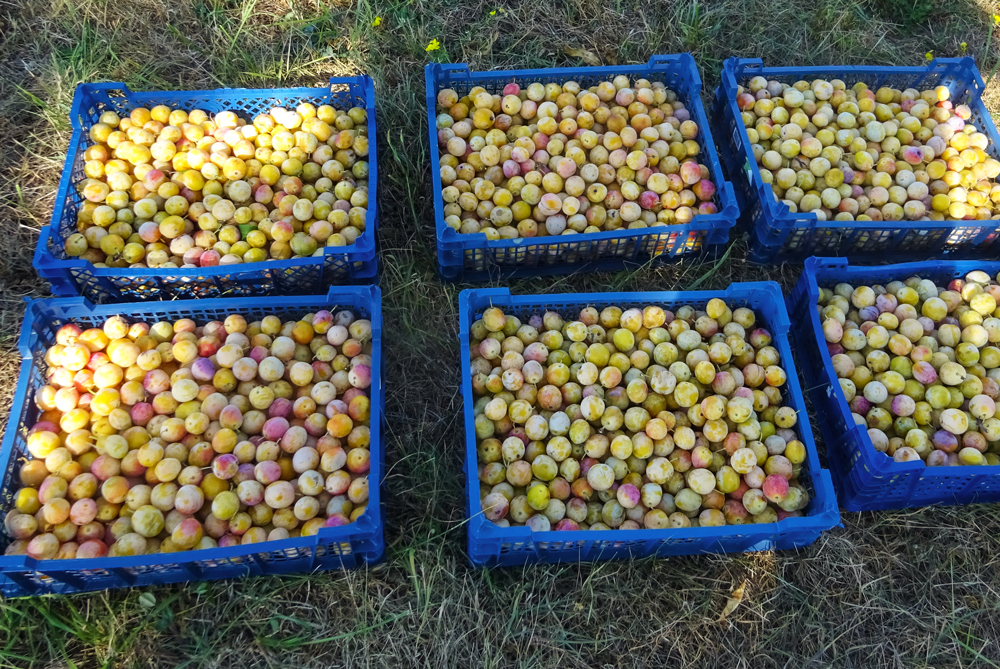
Harvests over the years
But no two years are alike.
In 2019, the mirabelle plum harvest started late, in mid-August, due to the heat wave at the beginning of the summer. It seems contradictory, but in the case of high heat, the mirabelle tree protects itself. Unexpected consequence: the fruit was still green at the end of July. Cooler days at the beginning of August were needed for the fruit tree to continue ripening.
In 2020, the mirabelle plum harvest began on 28 July, i.e. ten days earlier than usual! According to the Indication Géographique Protégée (IGP) Mirabelles de Lorraine, this is due to the highly favourable weather conditions since spring. Lots of sunshine, rainy spells, steady wind… The ideal weather for an exceptional harvest. Thus, the PGI Mirabelles de Lorraine certified orchards alone should produce around 7,000 tonnes of fruit this year.
In 2022, the harvest of Mirabelles de Lorraine began at the end of July, two weeks ahead of schedule. The great drought, which hit Lorraine and France during the summer, had no impact on the harvest. Indeed, the root of the mirabelle tree sinks deeply into the clay and limestone soil of Lorraine, which retains water like a sponge. In reality, it was mainly the labour force that was a problem in 2022. Many farms found it challenging to mobilise enough seasonal pickers. This situation threatens their activity because the mirabelle plum harvest takes place in only a few weeks.

How we harvested our mirabelle plums!
The harvest is a show you should see at least once in a lifetime! The mirabelle tree is shaken “like a coconut tree” so that a shower of golden fruits falls on the grassy ground. The disadvantage of this method is that it can damage the fruit as it falls. If you want perfect fruit, you have to pick them by hand.
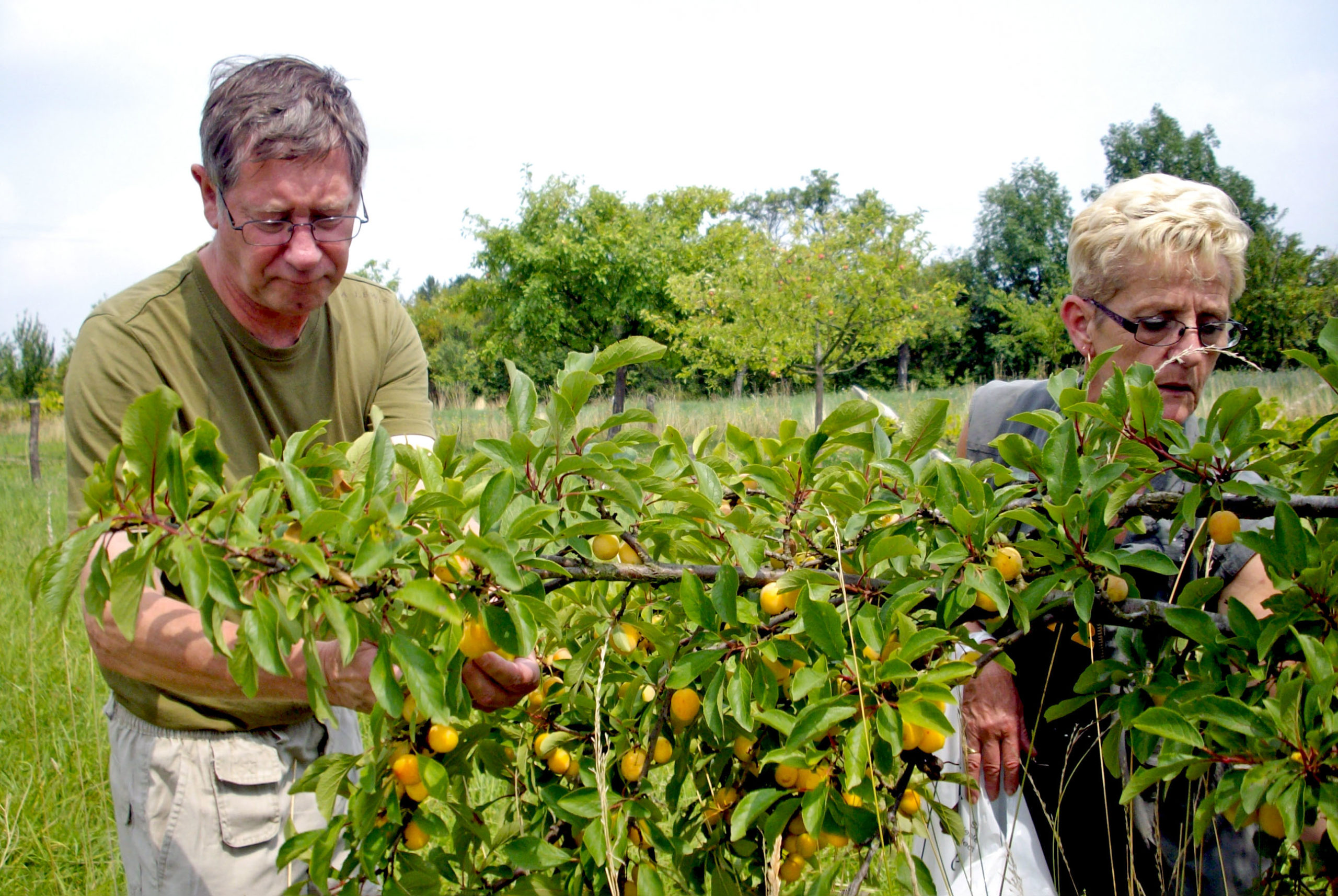
Mechanised harvesting!
But only private individuals sometimes use this method. It goes without saying that farms covering hectares of orchards do not use this method!
It takes several stages to carry out the mechanised harvest.
First, the harvesters pull a tarp under the tree for the harvest. Then, a tractor shakes the plum tree, triggering a shower of plums to fall on the tarp.
In a second step, the tarp is rolled up mechanically, and the fruit falls onto a conveyor belt. An experienced seasonal worker removes the leaves before a belt loader sorts the fruit.
Final phase: another seasonal worker finishes sorting the plums before they gently fall into harvest boxes.
That was for one tree. Now we have to repeat the operation for each tree in the orchard!
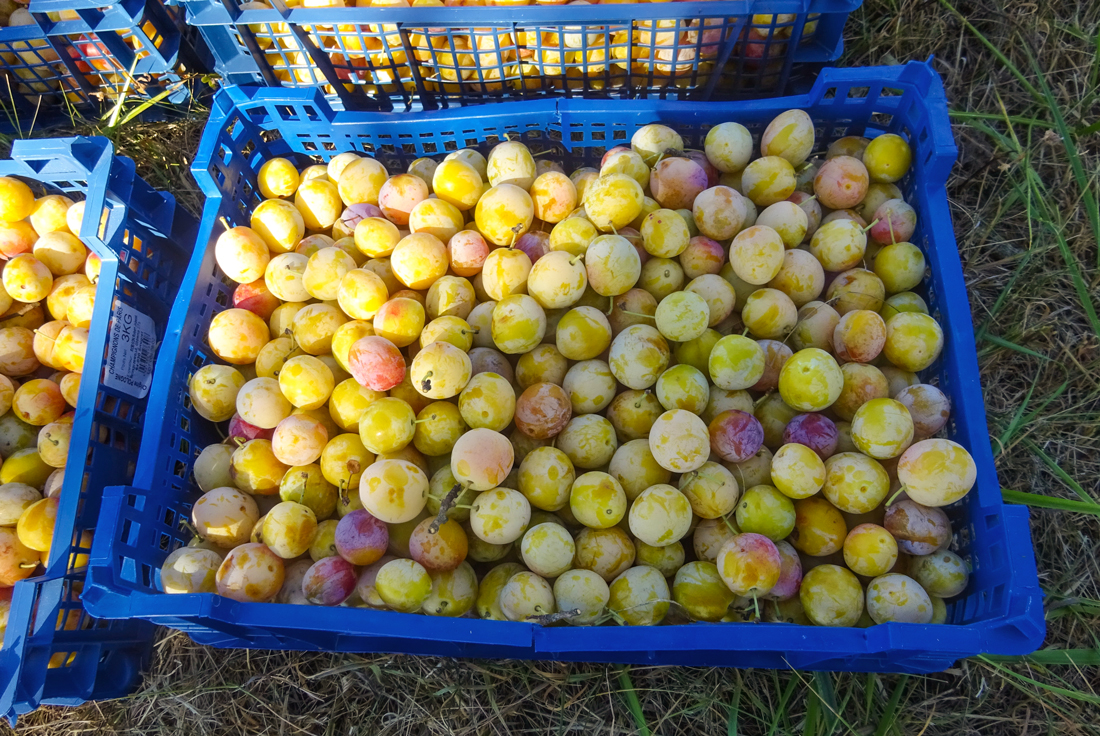
Sorting the mirabelle of Lorraine by machines!
One-third of the mirabelles are harvested by hand and are intended for sale as a fresh product.
The other two-thirds are processed into purée, compote, jam and frozen food. For instance, the Vegafruits factory in Saint-Nicolas-de-Port only processes the raw product without adding sugar. Then machines sort out the plums using optical sorting equipment. They sort the fruit precisely according to size, colour and defects. During the mirabelle plum season, 300 to 600 people work for the cooperative.
Tasting the mirabelle plum of Lorraine!
Now that it is on the ground rub the fruit to remove the possible layer of bloom. Then taste the mirabelle plum. A moment of truth…
Its flesh is firm. Crunchy. Juicy and sweet. Fragrant and bursting with sunshine. No doubt, its taste is much more delicate than a simple plum! Another one?
You can eat as many as you like. There will be some left, I promise. By the way, what will you do with the hundreds of kilos of your harvest? Yes, you may not have known it, but
ONE plum tree = 100 kg of fruit = about 10,000 plums!
What to do with mirabelle plums?
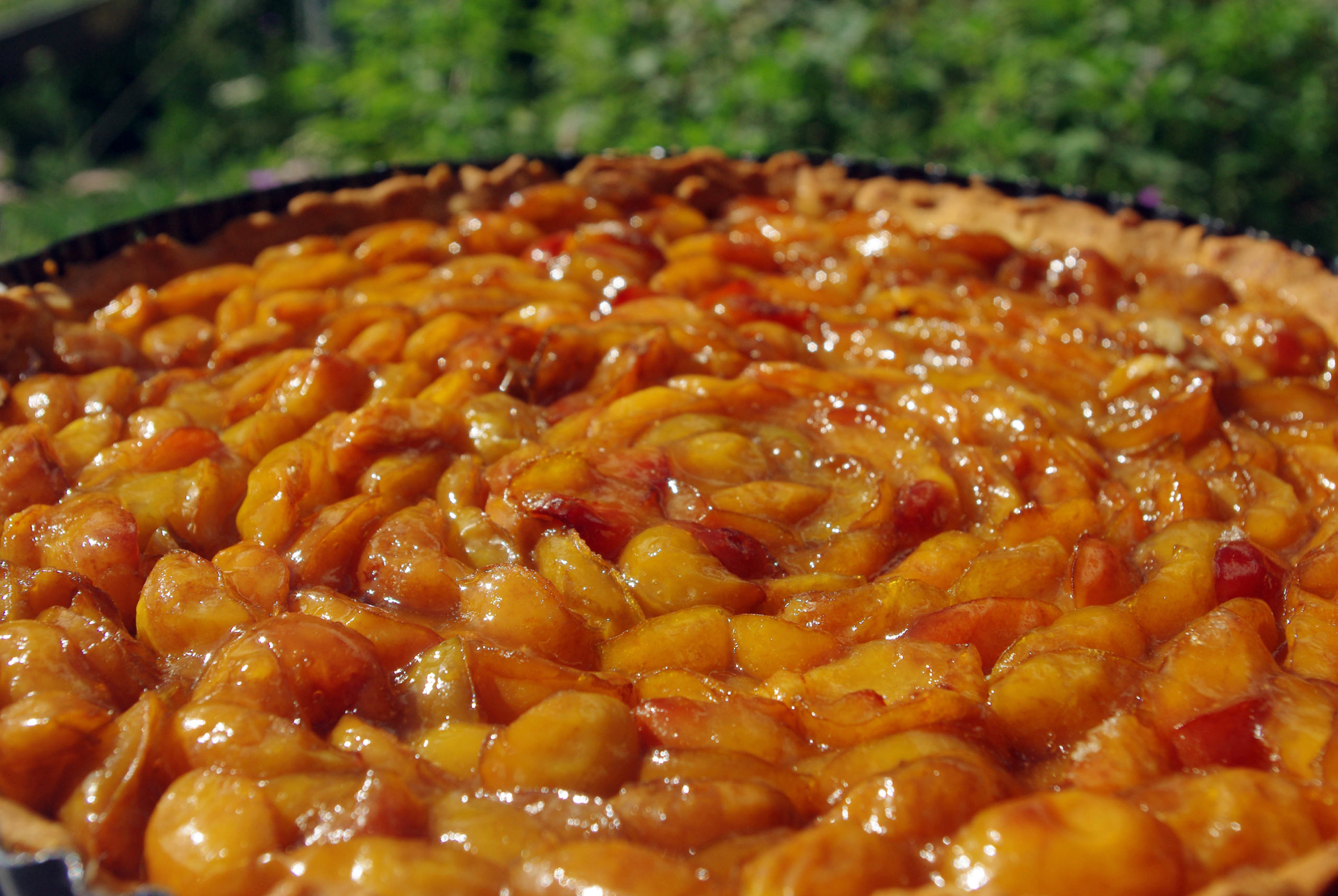
The people of Lorraine have managed to diversify the recipes based on mirabelle plums:
- tarts
- mirabelles flambéed in caramel
- jam
- candied mirabelles
- Mirabelle plum brandy and liqueur

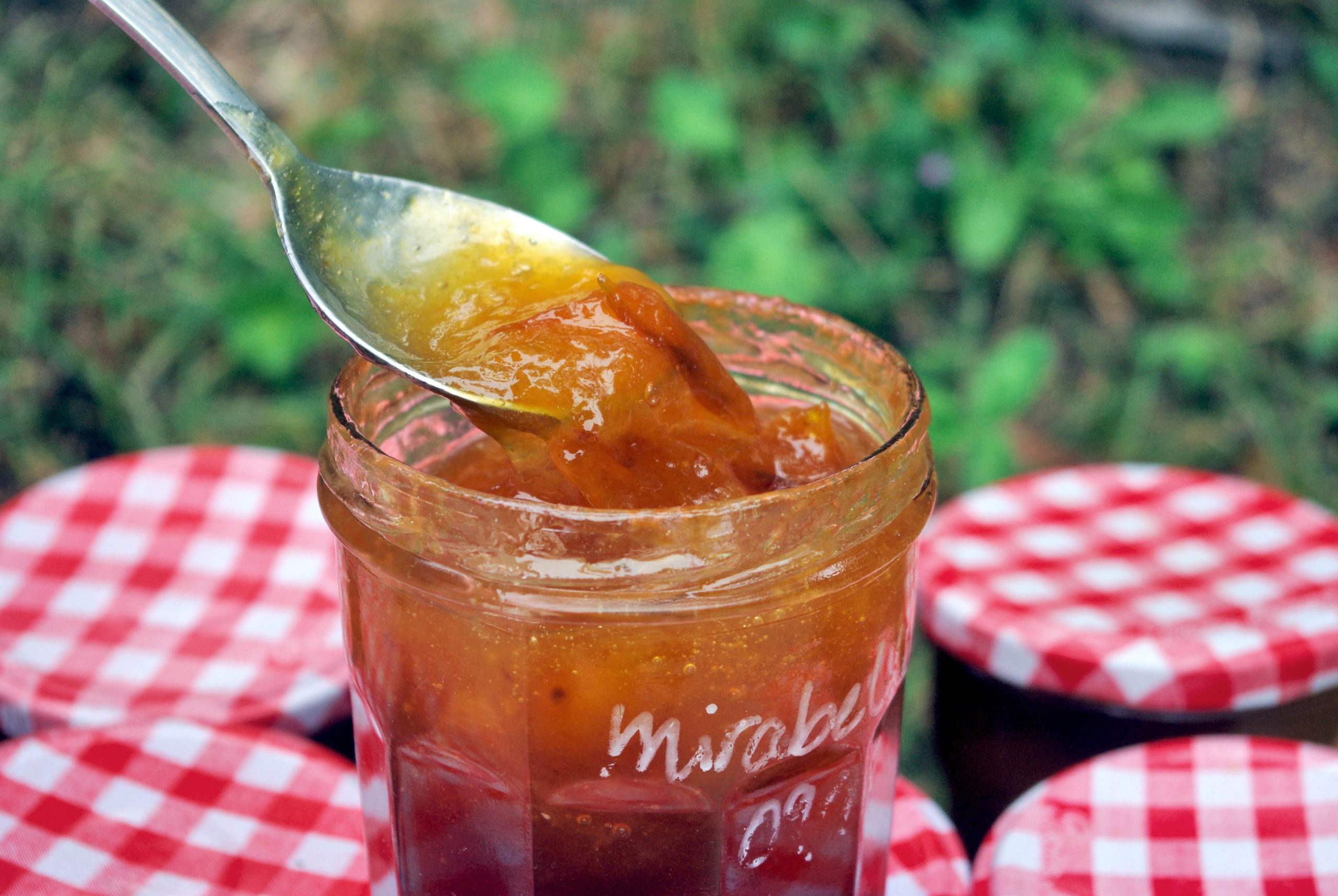

In fact, the 2006 harvest of mirabelle of Lorraine was so good that the people of Nancy made the longest mirabelle tart in the world. The picture below shows the world record immortalised on the Place de la Carrière, Nancy:
![World record for the longest mirabelle plum tart in Nancy © CapnPrep - licence [CC BY-SA 2.5] from Wikimedia Commons](https://frenchmoments.eu/wp-content/uploads/2022/08/Tarte-mirabelle-Nancy-copyright-CapnPrep-licence-CC-BY-SA-2.5-from-Wikimedia-Commons.jpg)
Mirabelle plums can also be used to flavour many of the region’s cakes and desserts.
I particularly like the madeleines of Liverdun with the mirabelle of Lorraine:

During a stay in Nancy, I got to taste the Tout Nancy. The iconic dessert of L’Excelsior is an iced parfait with macaroon and bergamot slivers and a mirabelle plum coulis:
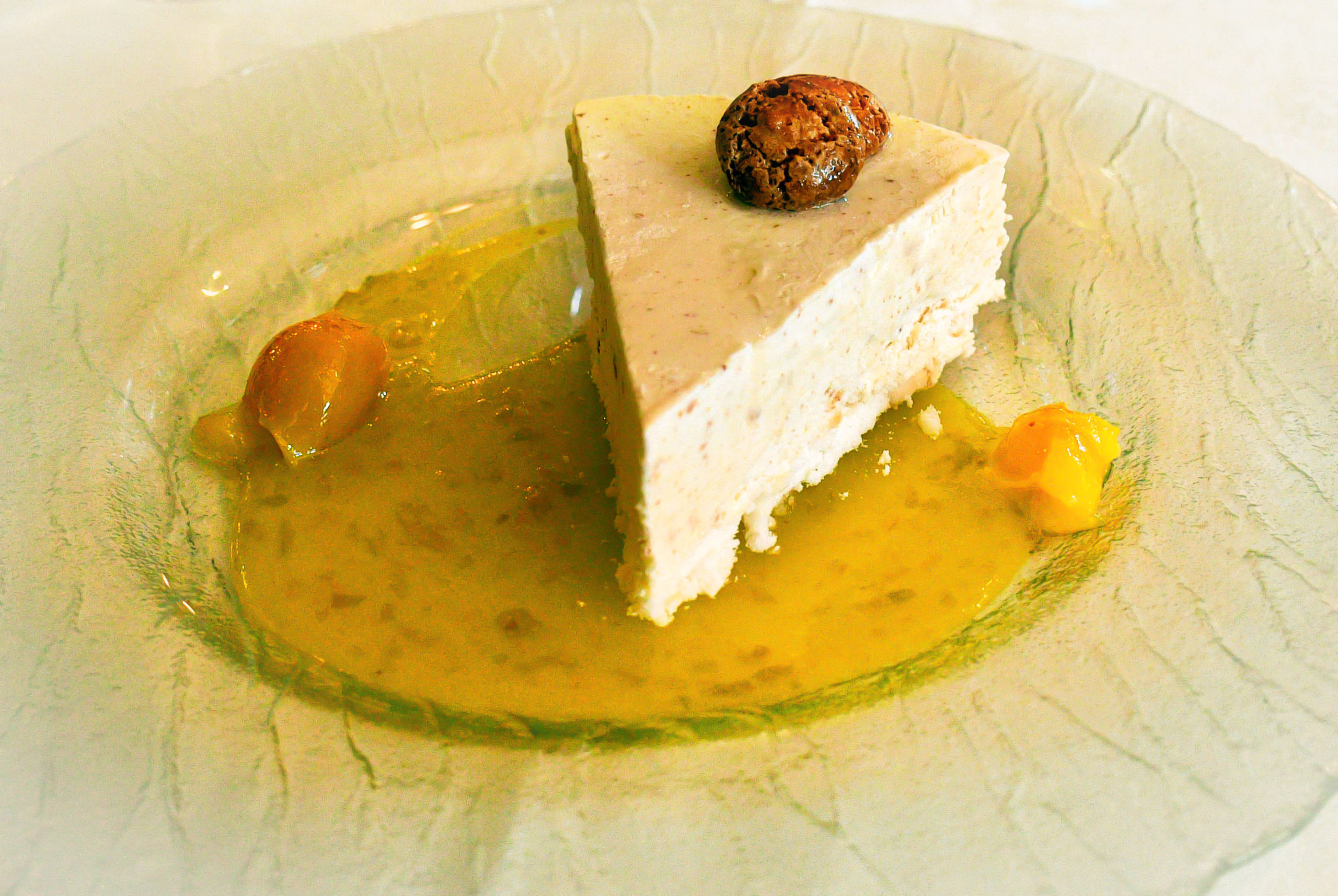
During a visit to Metz, the tourist office Inspire Metz gave me a good address: Mélanie’s Distillery. You will find the shop in the covered market of Metz. And perhaps, like me, you will be impressed by the number of products derived from the golden plum of Lorraine!
If you can’t make it to Metz, don’t panic! The products of the Distillerie de Mélanie are also available on their website.

The Mirabelle of Lorraine festival in Metz
At the end of August, the cities of Lorraine, Metz in particular, organise Mirabelle of Lorraine festivals.
In Metz, the prestigious ceremony takes place in the city’s streets. On the programme: funfair, large Mirabelle plum market, flower parade, fireworks. And above all, the election of the Mirabelle plum Queen (yes, this is not a joke!) and her runners-up.
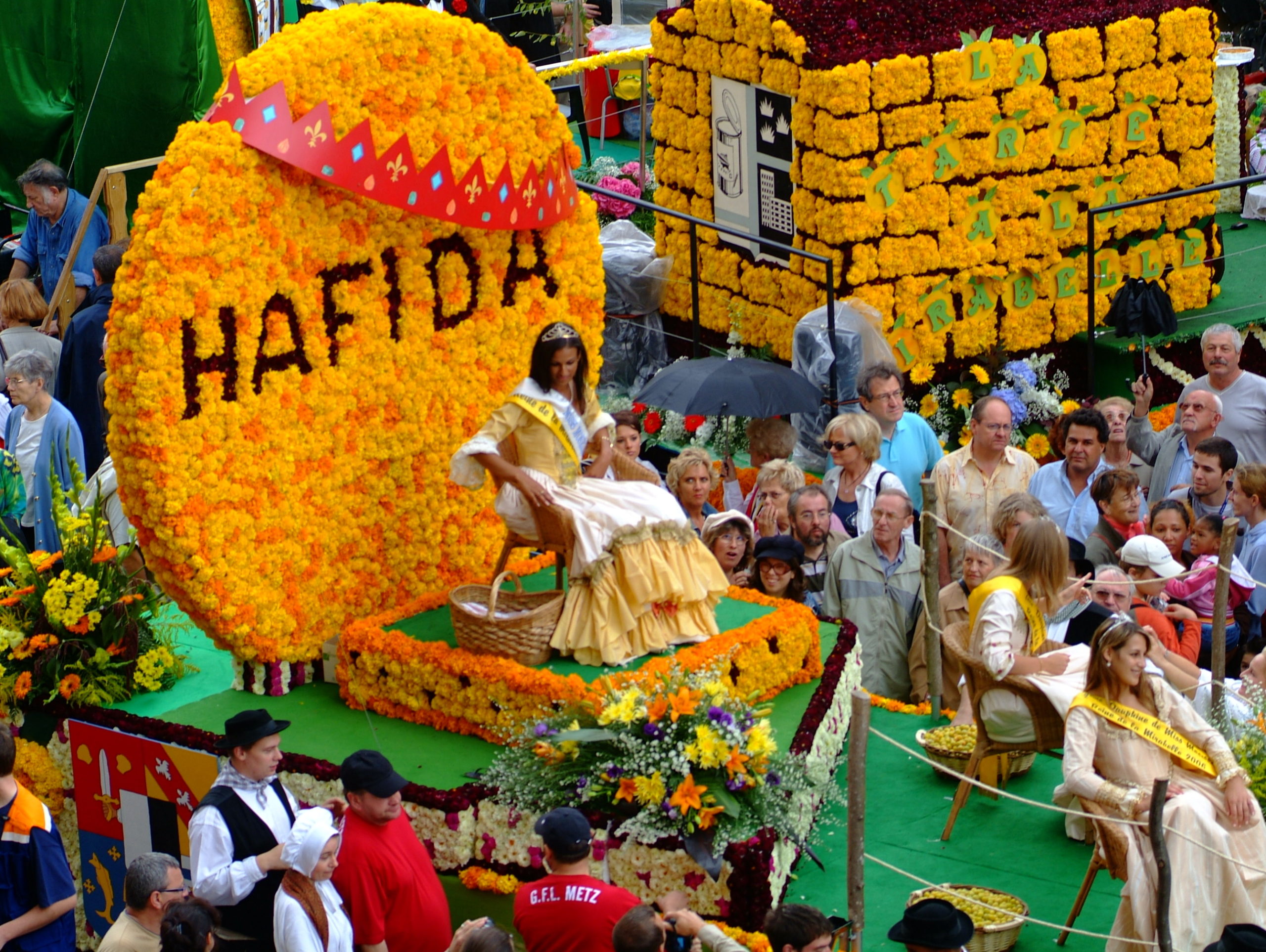
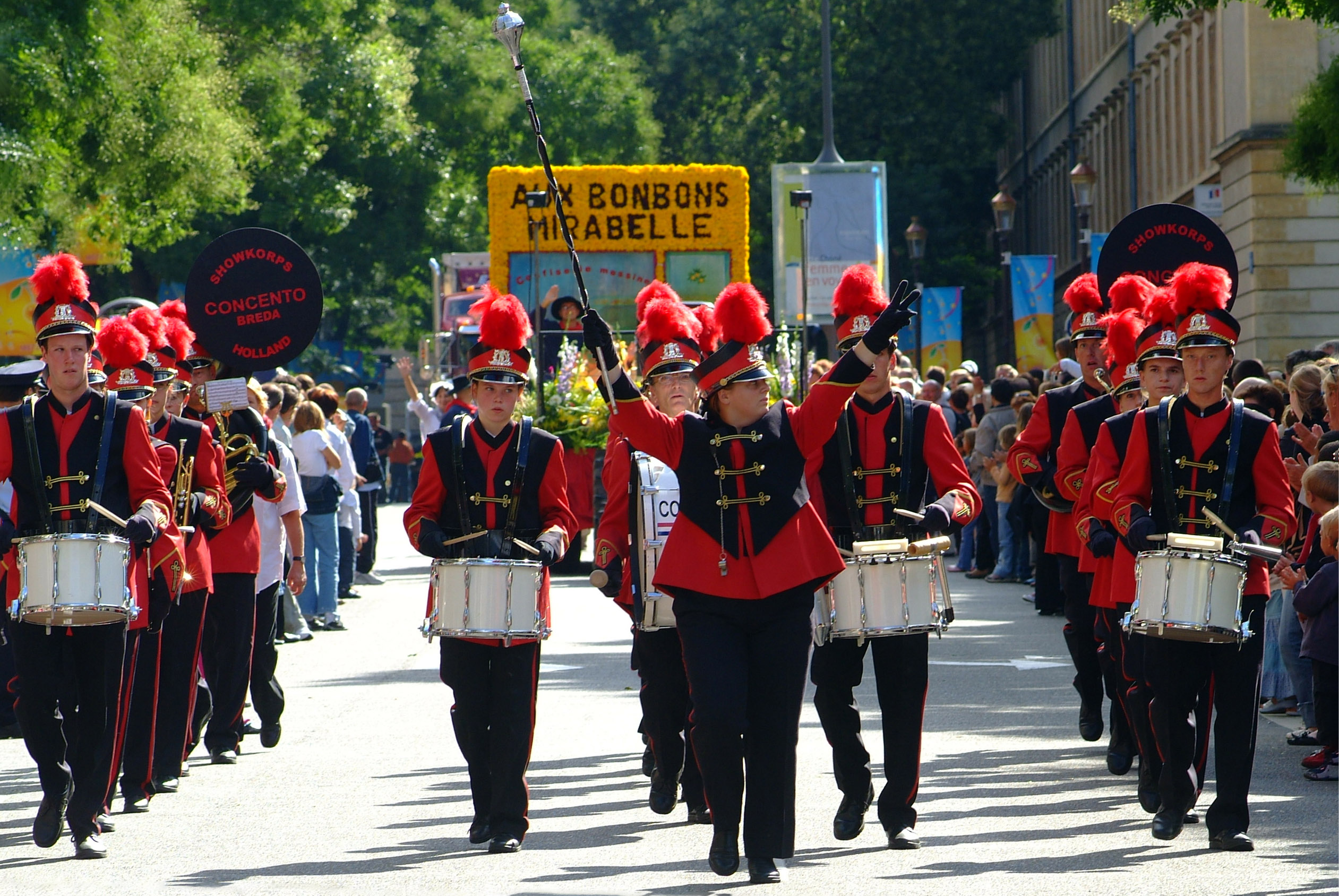
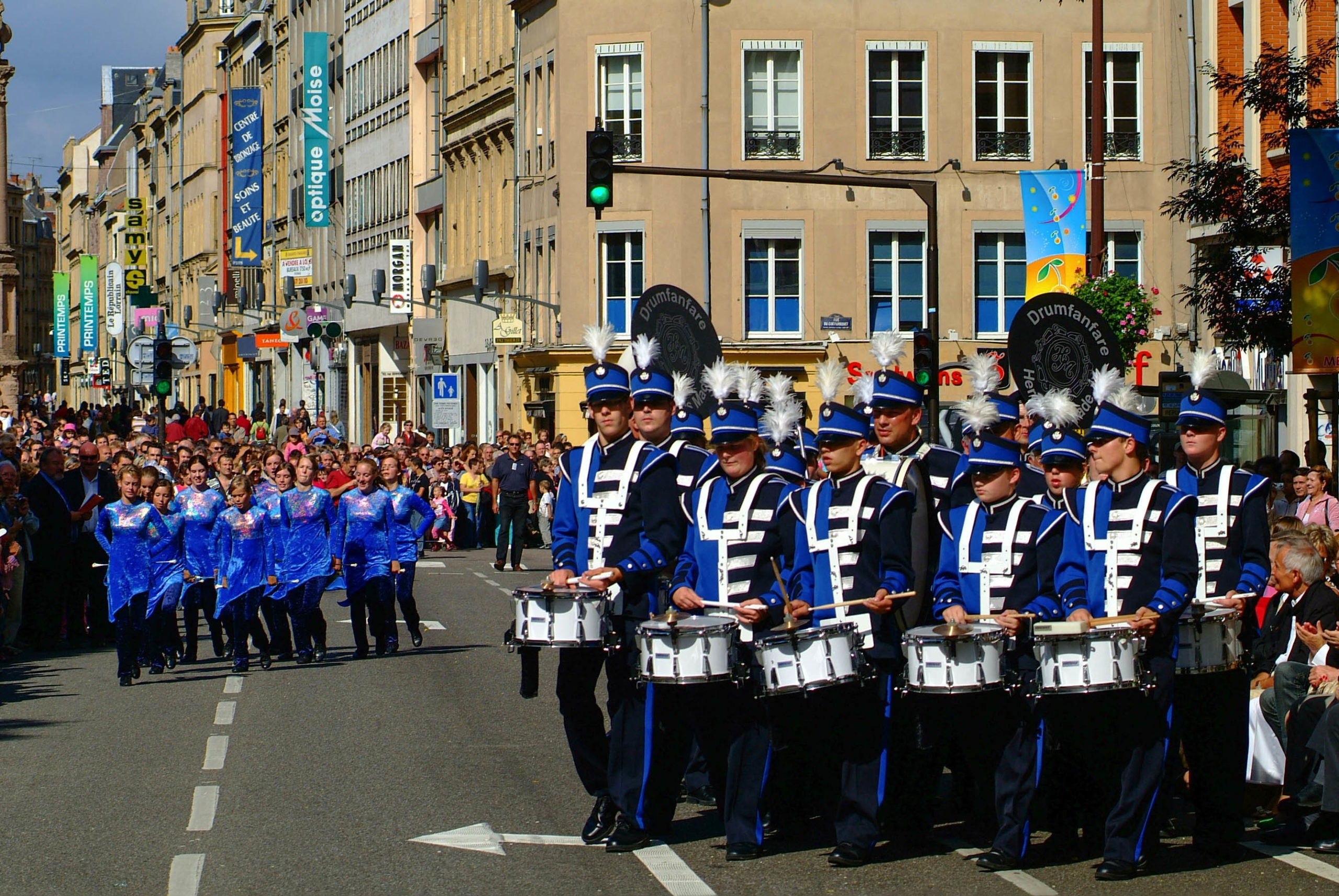
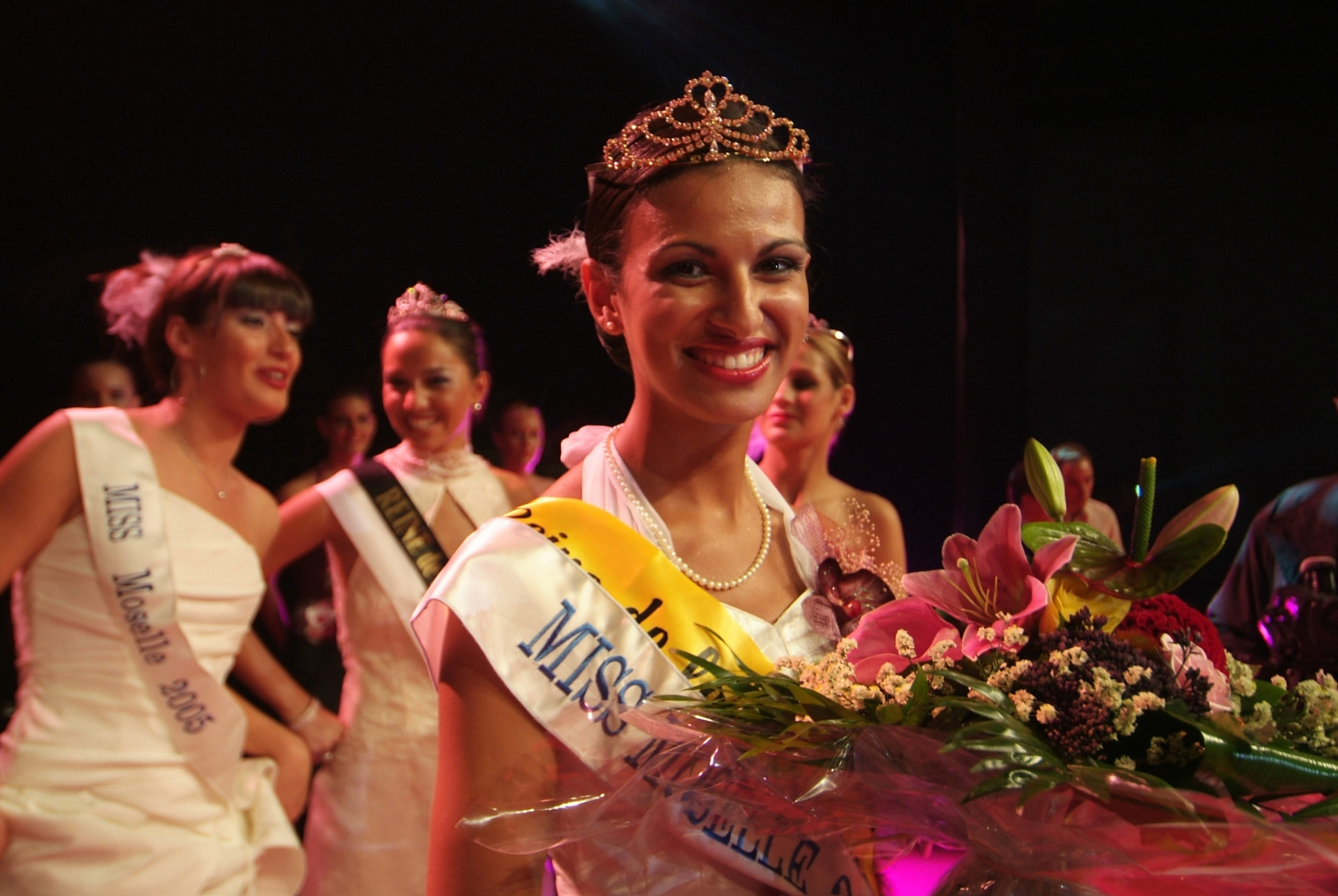

Memories of the Mirabelle of Lorraine
The mirabelle of Lorraine also left me with fond memories of my childhood. I remember the mirabelle plum orchards on the Moselle hillsides, the delicious tarts and the mirabelle plum jams.


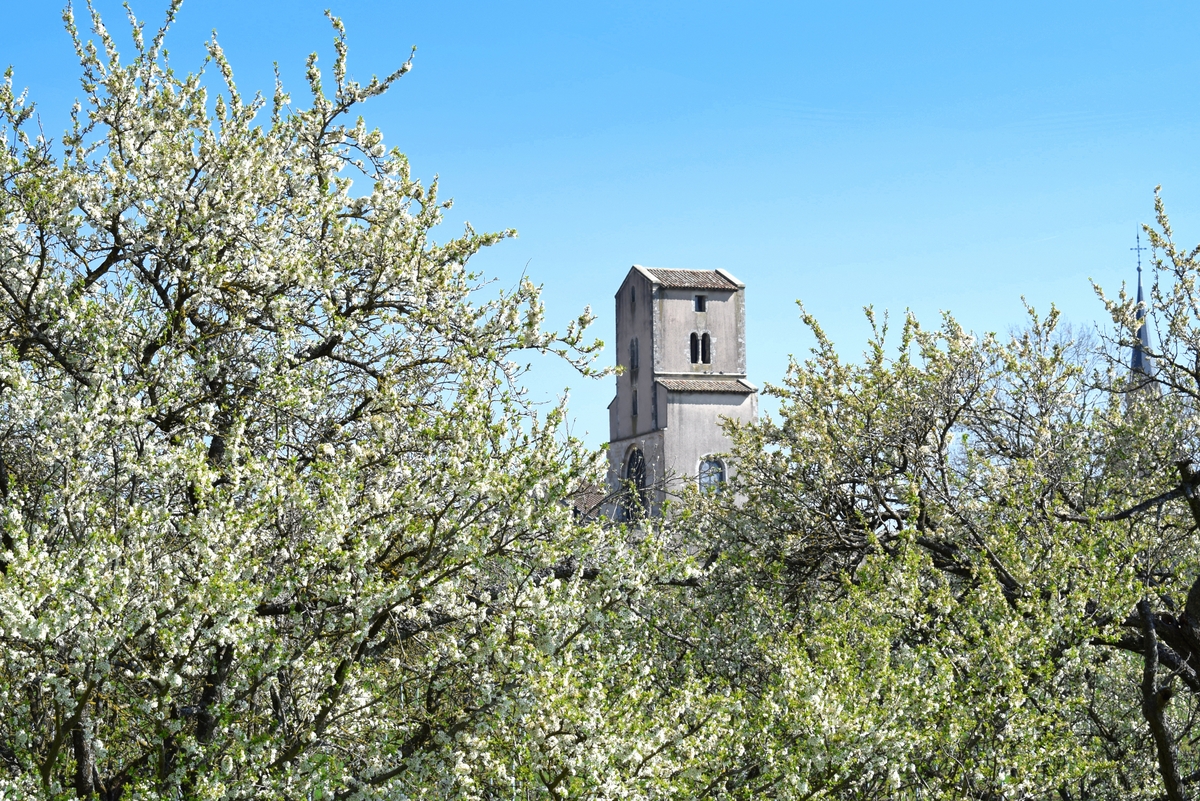

It was when I discovered the price of mirabelle plums at the French market in Heathfield (England) – at more than €7.50 per kg – that I realised just how much Lorraine’s mirabelle plum was worth 🍊
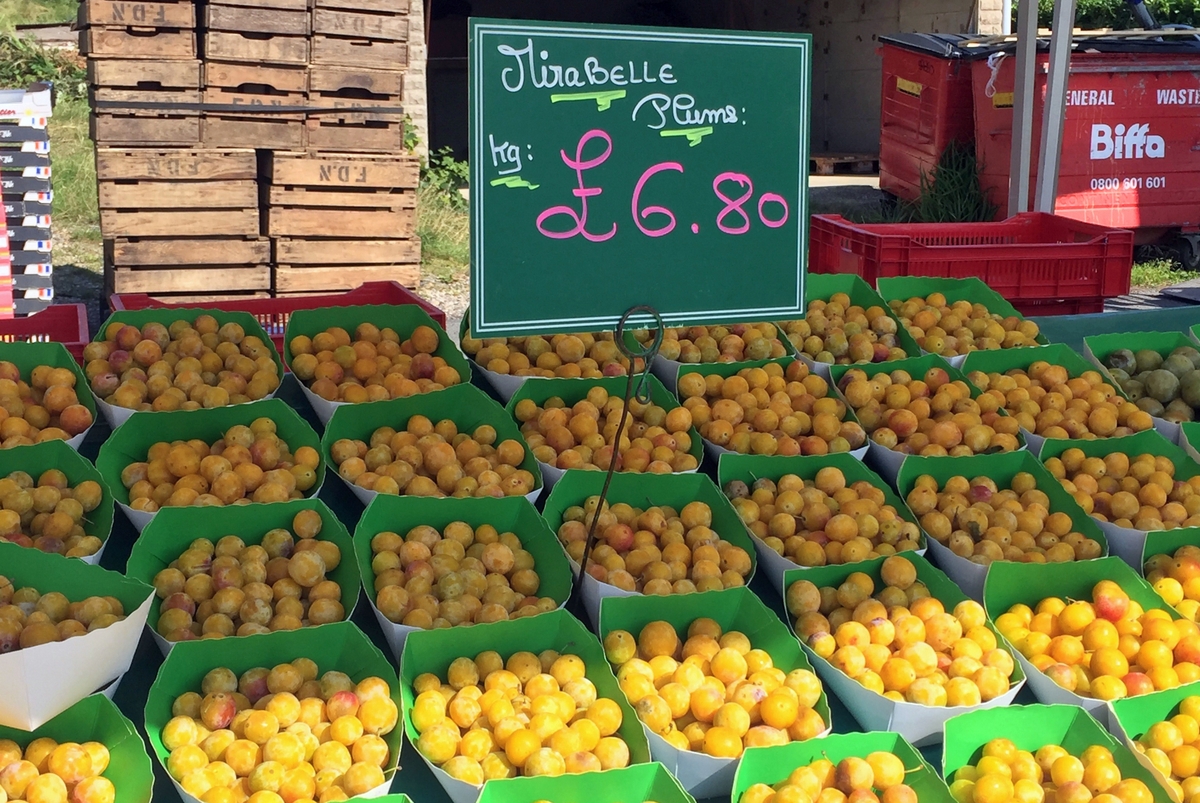
Find out more about the mirabelle of Lorraine
- Read this article in French on our blog Mon Grand-Est! 🇫🇷
- The Wikipedia page of the mirabelle plum
- How to plant mirabelle plum trees on Gardening Know How
A bit of vocabulary!
- fruit (m) = fruit
- mirabellier (m) = mirabelle tree
- noyau (m) = stone (of a fruit)
- prune (f) = plum
- récolte (f) = harvest
- récolter (v) = to harvest
- verger (m) = orchard




Excellent article & such a detailed & interesting post about the Mirabelle plums of Lorraine. Looking forward to reading more on such informative topics.
Thank you very much, Renuka!
Another interesting and informative article, Pierre. Unfortunately, it is also one that leaves me salivating at the sight of all those goodies.
And a happy belated birthday, feliz cumpleaños and joyeux anniversaire to you!
Indeed, these are mouth-watering treats. As for me, being in England during the summer, I did not have the opportunity to taste them again!